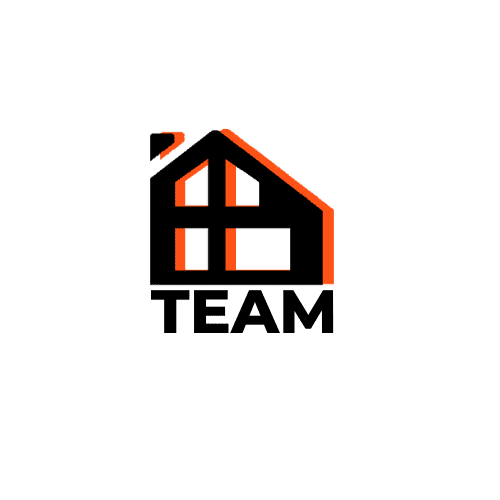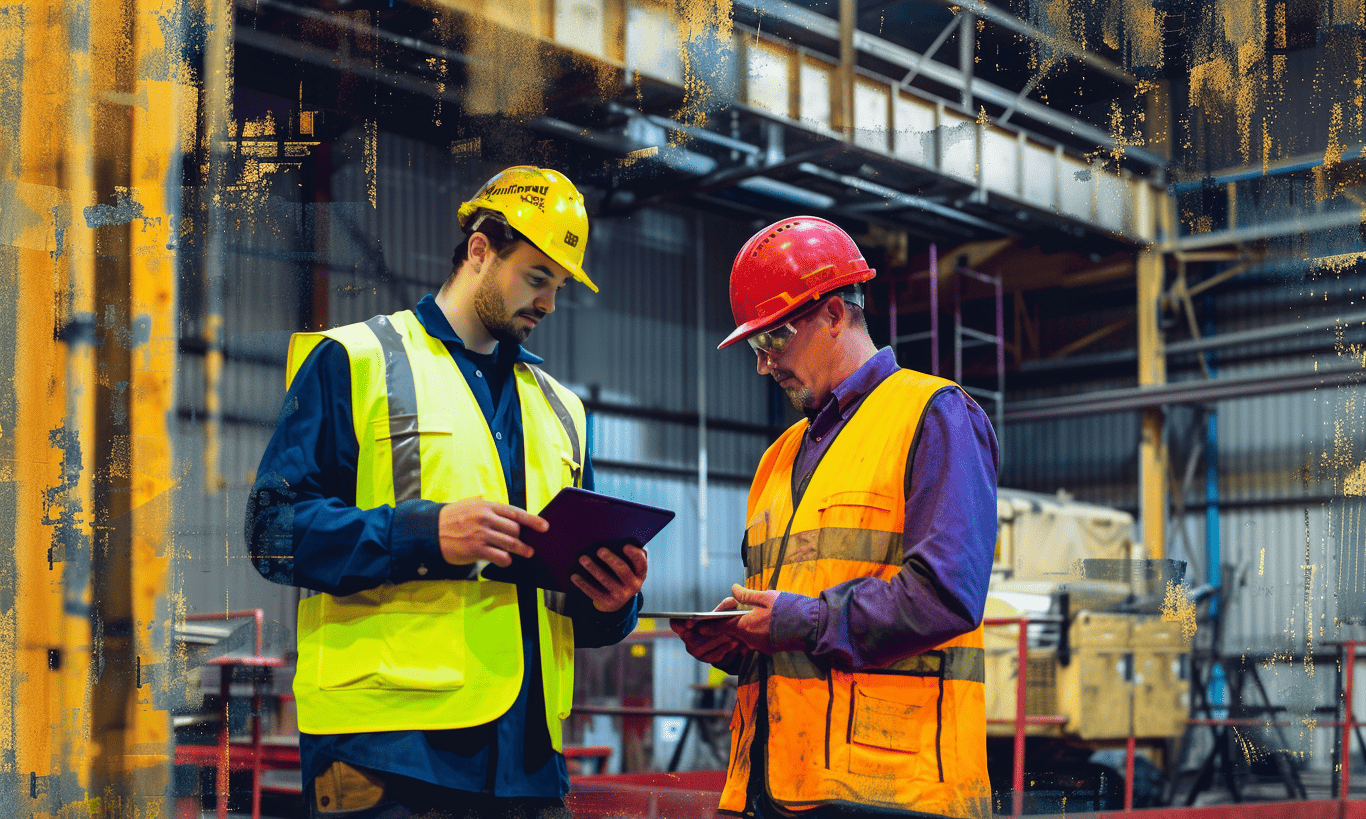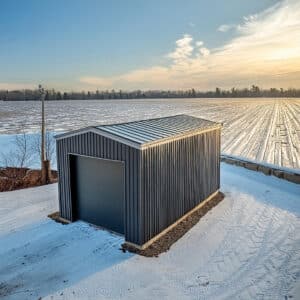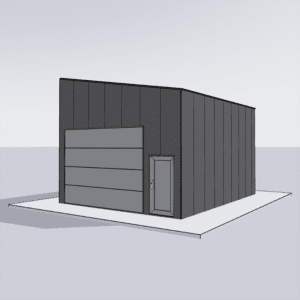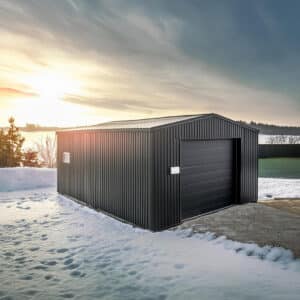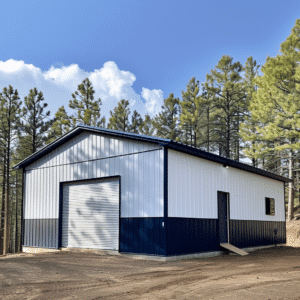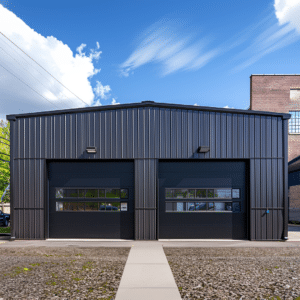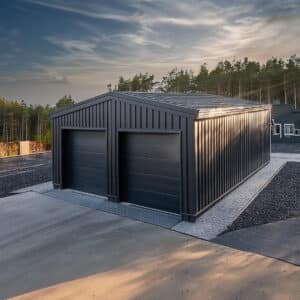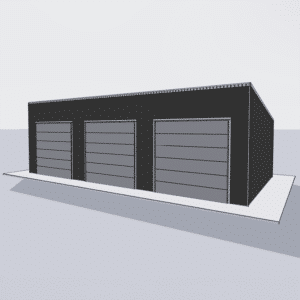Ensuring safety in construction sites is not just a requirement; it’s an art of harmonizing together a symphony of systems, one of which is the crucial fall protection systems. Constructing a building is like a dance, where each step requires precision, focus, and the correct measures to prevent stumbling. Enter the realm of fall protection systems in construction, the unsung heroes responsible for saving countless lives and preventing accidents that somehow managed to hustle below the surface up until now. This article will walk you through everything there’s to know about these systems. Stay with me, and let’s take a deep dive into this topic often overshadowed by towering cranes and cement mixers.
Why Fall Protection Systems Matter in Construction
In the world of construction, every high-rise and foundation starts with safety. Imagine working on the edge of a skyscraper, the wind swaying against you. Without a safety net below, it’s akin to walking a tightrope without a balance pole. Fall protection systems are the backbone of construction site safety, setting the benchmark for ensuring the well-being of workers operating at perilous heights. Falls are, unfortunately, one of the leading causes of injuries and fatalities in the construction sector, which makes Preventing falls in construction an imperative focus for project managers and engineers.
Components of Effective Fall Protection Systems
What makes a fall protection system effective? It’s not about one-size-fits-all gear but rather a balanced integration of several components tailored to the project’s specific needs. The magic blend typically consists of the following:
1. **Guardrails**: Think of these as the barricades on the road to safety. Guardrails form a physical barrier, preventing workers from stepping into danger zones unknowingly.
2. **Safety Nets**: Acting as a safety net both literally and figuratively, they catch anyone who might take a misstep, offering peace of mind to workers high above the ground.
3. **Personal Fall Arrest Systems (PFAS)**: Comprising a full-body harness, anchor points, and connectors, these systems are like your personal parachute, holding you securely should you slip.
4. **Training and Awareness**: No system is complete without proper training. Workers need to know how to use and trust these systems just like a pilot needs to believe in their aircraft.
Understanding how these elements fit into the greater picture of safety can be likened to piecing together a complex, life-sized jigsaw puzzle. Each piece must fit perfectly; otherwise, the whole system can crumble.
Incorporating Fall Protection in Steel Building Design
Building with steel offers undeniable benefits, but it presents unique challenges when it comes to integrating fall protection systems. As high tensile strength structures shoot proudly towards the clouds, they demand a robust safety protocol from the ground up. Steel Building Design inherently requires planners to weave in safety measures seamlessly with the architectural design to ensure that the grandeur of the building isn’t overshadowed by safety mishaps.
Securing these structures with comprehensive fall protection systems isn’t just about adhering to regulations; it’s about creating a working environment where safety and productivity can coexist without conflict. Proper planning during the design phase can create a framework—quite literally—that safeguards lives.
The Role of Regulations and Standards
Regulations and standards act like guiding stars in the night, steering us towards safer practices in the unpredictable seas of construction. Organizations like the Canadian Centre for Occupational Health and Safety – Fall Protection Systems provide a blueprint for what a robust safety system should look like. These guidelines ensure that construction sites, regardless of their complexities, prioritize the safety of their workforce.
Practical Tips for Implementation
Integrating fall protection systems might feel overwhelming, akin to assembling a plane mid-flight. However, following these strategic steps can make it a walk in the park:
– Conduct Risk Assessments: Before laying down or modifying plans, identifying potential fall hazards allows for proactive safety measures.
– Engage Your Building Team for a custom solution that considers the specificities of each construction project.
– Educate the Workforce: Regular training ensures everyone on site is aware of potential hazards and knows how to respond effectively.
– Monitor and Improve Continuously: Safety systems are dynamic; they must evolve with the structure and the environment. Reliance on consistent checks and updates cannot be overstated.
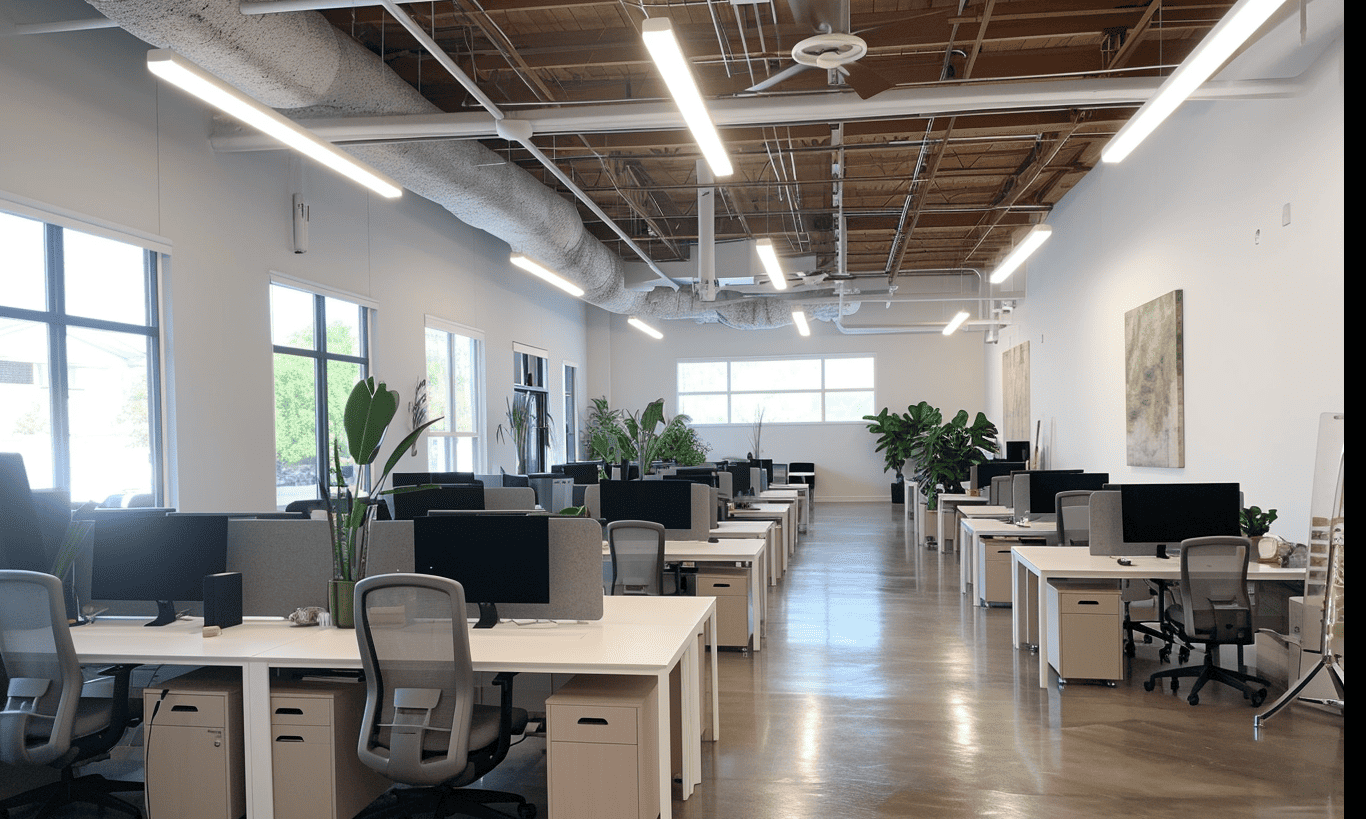
The Future of Fall Protection: Innovation and Technology
As technology advances, so does the potential for enhancing fall protection systems. Imagine a world where drones scout for potential safety breaches or wearables provide real-time alerts about height risks—it’s not just science fiction; it’s where we’re headed. Embracing these innovations can redefine how fall protection is approached in construction, making sites not only safer but also more efficient.
Moreover, the digital integration offers a pathway to fortified compliance with Scaffolding safety guidelines, ensuring every element of the structure is as safe as it is functional.
Concluding Thoughts on Fall Protection Systems
As we draw the curtains on this discourse on fall protection systems in construction, it’s clear that these safety mechanisms underpin the sector’s drive toward zero harm. They are not just about preventing falls; they are about fostering a culture of proactive safety consciousness.
By embracing all facets of fall protection—from intricate design planning to innovative tech solutions—construction professionals can uphold safety standards and boost morale and productivity. Let’s commit to stronger, safer buildings where expertise in Your Building Team bridges the gap between potential and protection, one structure at a time. Keep building a safety-first future—every beam, every brick, and every building counts.
